figuring out how and why your customers buy
Do you know how and why your customers make their purchasing decisions? You might have an idea or a gut feel for why they do what they do, but how accurate is it?
The same thing goes for product designers. For years, they have been taught that the most important attributes of a product design are its elements: line, color, texture, pattern, form, space and size. So, it is rather ironic that these attributes do not always prove to be perfect indicators of how a consumer shops — and, more importantly, decides what to buy.
In a new study currently being conducted jointly by the American Floral Endowment (AFE) and the Produce Marketing Association (PMA), researchers are looking to find out which of these aforementioned traits really matter to consumers and influence how they make their plant and flower purchases. The study is being funded through the Floral Marketing Research Fund.
Using innovative eye-tracking technology, Texas A&M’s Charlie Hall and Marco Palma are conducting the experiments, which will include hundreds of regular consumers, at the Human Behavior lab at Texas A&M. The lab consists of 16 seated eye-tracking stations, and a walking retail or supermarket-style station.
Hall and Palma are looking for answers to questions such as:
• What is the optimal mix of plants/flowers in an arrangement?
• Do consumers prefer a flower arrangement because of its form or because of the species of flower(s) that are in it — and how much do these characteristics matter?
• Which visual elements of the arrangement or bouquet are noticed first and longest by consumers?
• Can some varieties be substituted without impacting consumer liking?
• Do consumers prefer multi-colored floral arrangements over single-colored floral arrangements, and to what degree does it impact their purchasing decision?
• Do consumers prefer mono-species over mixed-species?
• Is there a significant difference between consumer preferences for arrangements with a symmetrical design versus an asymmetrical design?
“In the lab, we can accurately collect biometric data, including eye tracking, facial expression analysis (reading emotions), neural signals (electroencephalography), galvanic skin response (GSR) and heart and respiration rates,” Hall says.
Results from this comprehensive study and experiment should be available through AFE and PMA in fall 2019.
It will be very interesting to see what Hall and Palma’s research results unveil. Hopefully, the results can be used by industry professionals to increase sales.
Stay tuned!
I’d Like You to Meet …
I would like to introduce you to Lawn & Garden Retailer’s new managing editor — Teresa McPherson. Teresa joined our team at the end of May and she is really looking forward to covering our industry.
A Michigan native and a graduate of Eastern Michigan University with a bachelor’s degree in journalism and English, Teresa has been a magazine editor for more than 20 years. She is based in western Pennsylvania.
You can reach Teresa by email at [email protected] or by phone at 616.520.2163.
Be sure to stop by the L&GR booth (#2325) at Cultivate’19 to say hello to her this month in Columbus and be on the lookout for her at the IGC Show next month in Chicago.



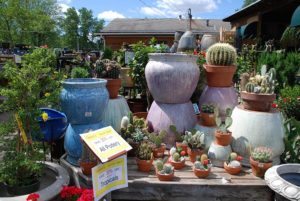
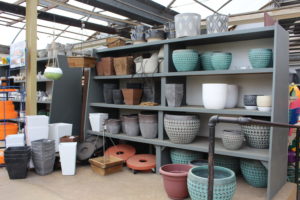
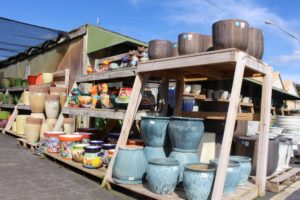
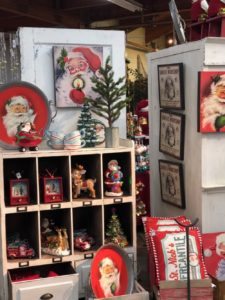

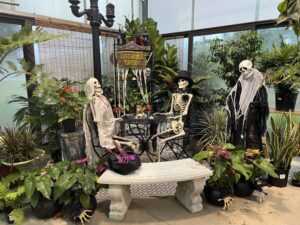

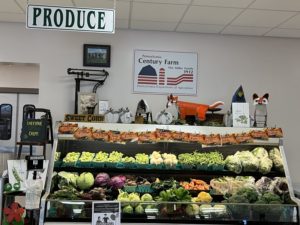
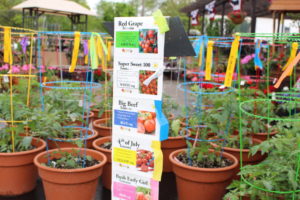

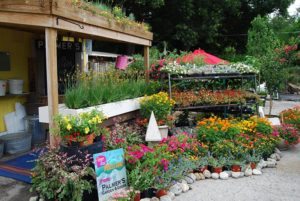
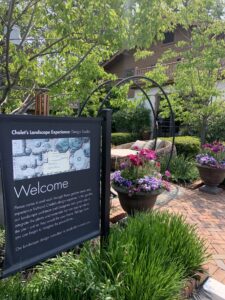
 Videos
Videos





